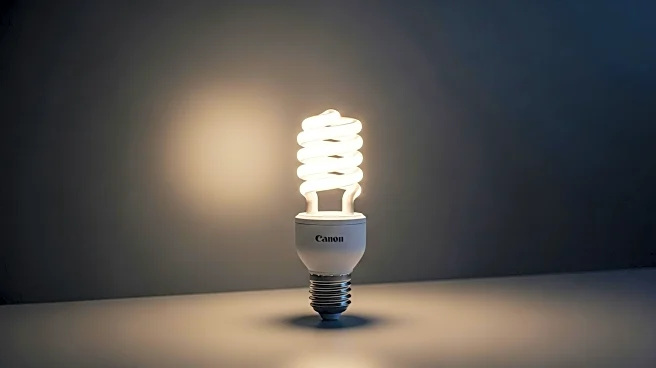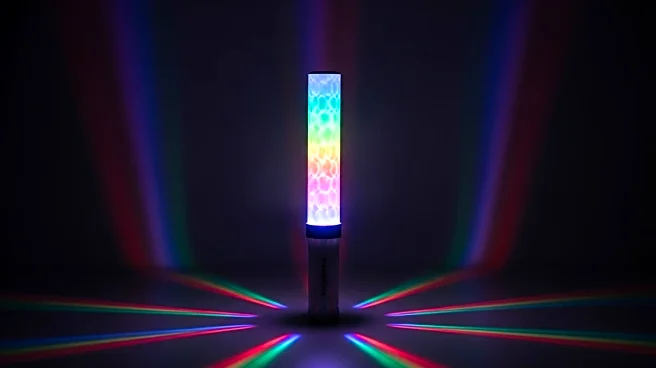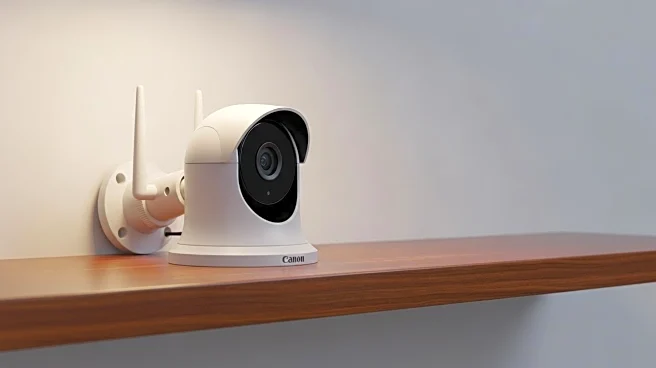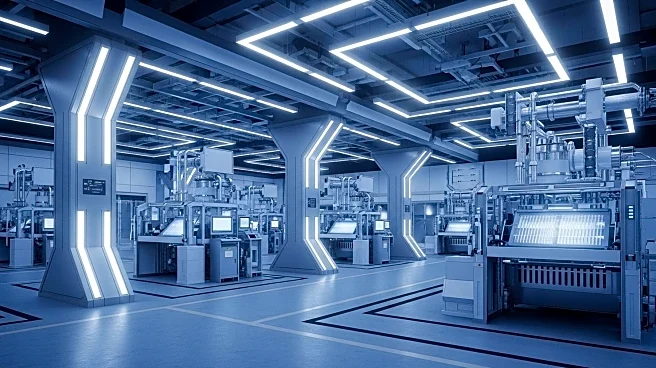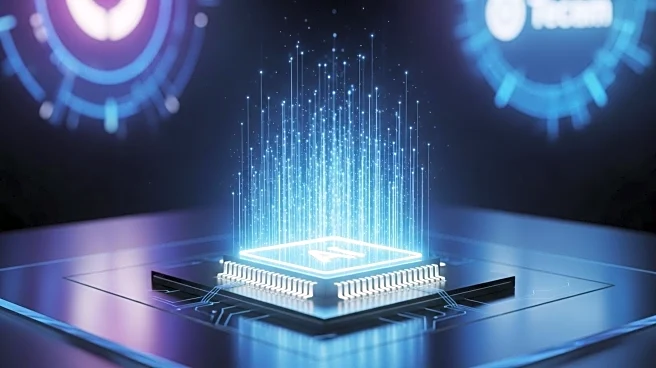What is the story about?
What's Happening?
LED bulbs, known for their energy efficiency and long lifespan, are facing issues with early burnout and flickering. According to experts, several factors contribute to these problems, including overheating of LED drivers, poor electrical power quality, and installation issues. Manufacturers often advertise LED bulbs with lifespan estimates based on internal testing, which may not reflect real-world usage. Additionally, environmental factors such as high humidity and heat can further reduce the lifespan of these bulbs. Despite these challenges, LED bulbs remain more durable than incandescent bulbs, offering significant energy savings and smart features like connectivity with devices such as Alexa.
Why It's Important?
The premature failure of LED bulbs impacts consumers financially and undermines the perceived reliability of energy-efficient lighting solutions. As LED technology is integral to smart home systems and energy conservation efforts, addressing these issues is crucial for maintaining consumer trust and advancing climate action goals. The lighting industry must focus on improving manufacturing quality and educating consumers on optimal installation practices to enhance the longevity of LED products. This is particularly important as smart lighting becomes more prevalent in homes and businesses, contributing to overall energy efficiency and sustainability.
What's Next?
Manufacturers and experts are likely to continue researching and developing solutions to improve the reliability of LED bulbs. This may include advancements in heat management technologies and better quality control during production. Consumers can expect more guidance on installation practices and product selection to maximize the lifespan of their LED lighting. As the demand for smart lighting grows, companies may also invest in educating consumers about the benefits and limitations of LED technology, ensuring informed purchasing decisions.
Beyond the Headlines
The challenges faced by LED bulbs highlight broader issues in the transition to energy-efficient technologies. As consumers increasingly adopt smart home devices, the reliability of these products becomes critical to their widespread acceptance. The lighting industry must balance innovation with quality assurance to meet consumer expectations and support environmental sustainability. This situation underscores the importance of transparency in product marketing and the need for ongoing research to address technical limitations.
AI Generated Content
Do you find this article useful?
